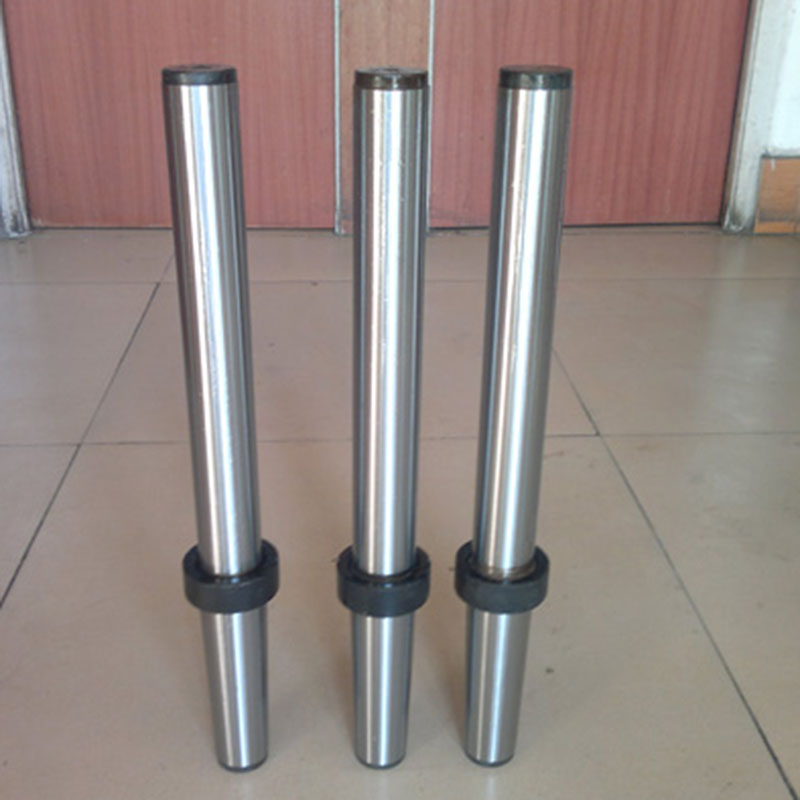Aug . 05, 2024 13:13 Back to list
Understanding the Role of Control Valves in Enhancing Hydraulic System Performance and Efficiency
Control Valve in Hydraulic Systems
Control valves are essential components in hydraulic systems, playing a crucial role in managing the flow and direction of hydraulic fluid. These valves are vital for the performance and efficacy of various hydraulic applications, including industrial machinery, mobile equipment, and even aerospace systems. Understanding the function and significance of control valves can greatly enhance our comprehension of hydraulic systems as a whole.
At its core, a control valve regulates the flow rate and pressure of the hydraulic fluid by varying the size of the flow passage. This is typically accomplished through mechanical, electronic, or hydraulic actuation. The primary types of control valves in hydraulic systems include directional control valves, pressure control valves, and flow control valves. Each of these has distinct functions and applications.
Control Valve in Hydraulic Systems
Pressure Control Valves are designed to maintain a predetermined pressure level within the hydraulic system. They ensure that the system does not exceed its maximum pressure limit, which is crucial for preventing damage to components and for ensuring safe operation. These valves can be classified as relief valves, pressure regulators, or sequence valves, each serving a specific purpose in maintaining optimal pressure levels within the system.
control valve in hydraulic system

Flow Control Valves manage the speed of hydraulic actuators by adjusting the flow rate of the hydraulic fluid. By restricting or allowing more fluid to pass through, these valves can control the speed at which cylinders or motors operate, which is vital for applications that require precise motion control. Flow control can be achieved through fixed or adjustable orifices, or through electronic means in more advanced systems.
The selection and implementation of control valves in hydraulic systems are critical for achieving desired performance outcomes. Factors to consider include operating pressure, flow rate requirements, and the specific functions needed within the system. Additionally, the compatibility of the control valves with hydraulic fluids, as well as their response time and durability, are also vital for effective operation in various environments.
One of the significant advancements in control valve technology is the integration of electronic control systems. These allow for remote and automated operation of valves, leading to increased efficiency and precision in hydraulic systems. Electronic control can facilitate real-time monitoring and adjustments, ensuring that the system operates within optimal parameters. This is especially beneficial in complex systems where multiple actuators require precise coordination.
In summary, control valves are indispensable in hydraulic systems, providing crucial control over the flow, pressure, and speed of hydraulic fluid. Their correct functioning ensures the efficient and safe operation of machinery and equipment across various industries. As technology continues to evolve, the integration of electronic control and automation will likely further enhance the capabilities and performance of control valves, paving the way for even more efficient hydraulic systems in the future. Understanding their operation and significance is essential for anyone involved in the design, maintenance, or operation of hydraulic systems.
-
Why Metric Trapezoidal Thread is Ideal for Precision Motion ControlNewsAug.05,2025
-
The Unique Properties of a Block of Granite for Industrial UseNewsAug.05,2025
-
The Role of Flanged Y Strainers in Preventing Pipeline ClogsNewsAug.05,2025
-
The Importance of Regular Calibration for Master Ring GagesNewsAug.05,2025
-
How a Cast Iron Surface Table Enhances Accuracy in ManufacturingNewsAug.05,2025
-
Comparing Different Check Valve Types for Optimal Flow ControlNewsAug.05,2025
Related PRODUCTS









